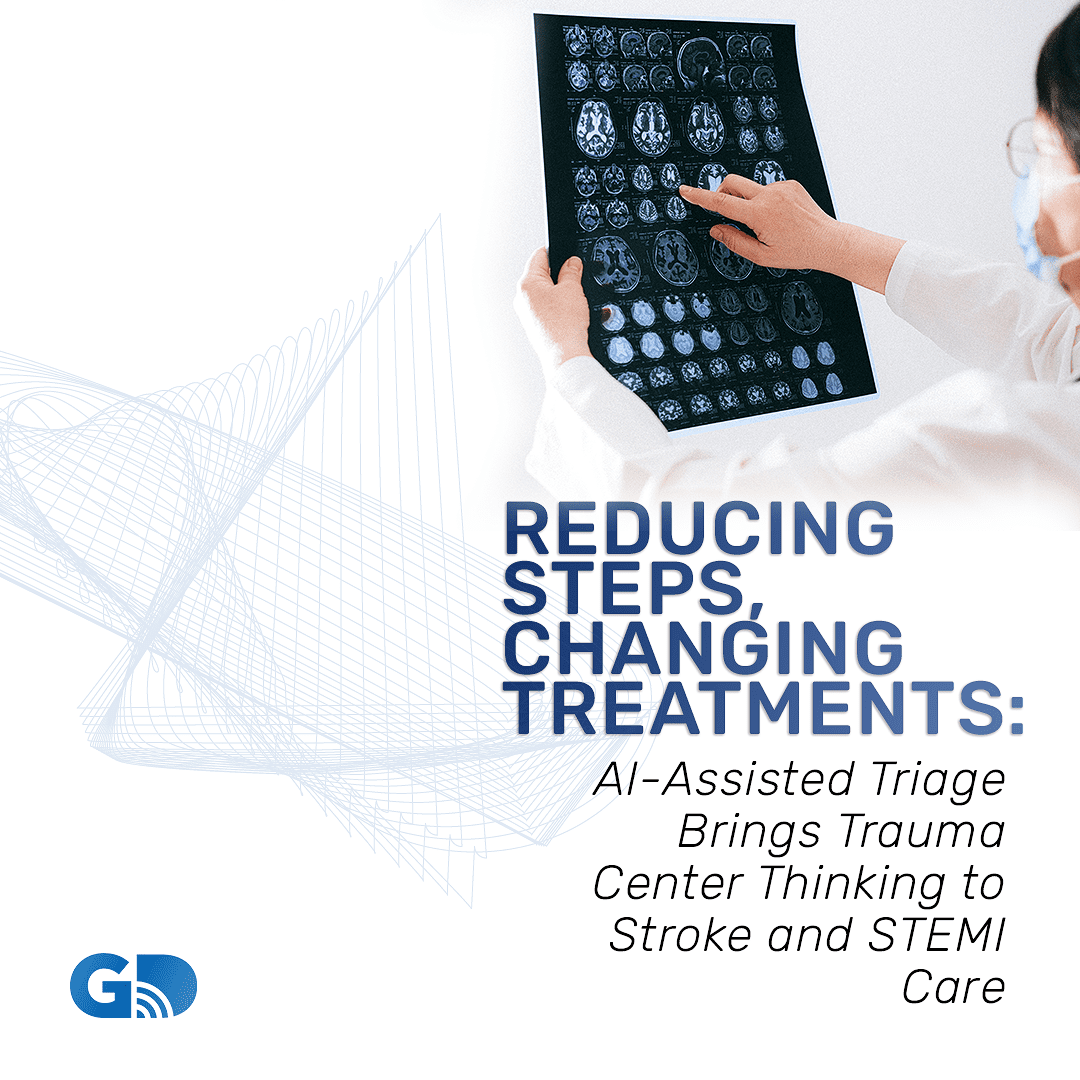Reducing Steps, Changing Treatments: AI-Assisted Triage Brings Trauma Center Thinking to Stroke and STEMI Care
Artificial Intelligence (AI) and other advanced technologies have rapidly penetrated the healthcare sector, exciting professionals with an overwhelming potential for improved patient care and outcomes. One area where AI holds particular value is triage for stroke and ST-Elevation myocardial infarction (STEMI) patients.
With the implementation of AI triage for these cases, unnecessary and time-consuming steps can be eliminated, and care can be significantly improved. Here’s a look at five examples of how AI in medicine can level up care with trauma center thinking for acute conditions like these.
Supports Consideration of Potential Stroke
Diagnostic error is a common concern in the emergency department of even the best-equipped hospitals. Strokes, particularly posterior circulation strokes, are associated with significant diagnostic error coming in at greater than 10%. Younger patients are also at high risk of misdiagnoses. Meanwhile, a STEMI is the most severe type of heart attack, and it’s most often misdiagnosed in women, older patients, and those with multiple medical conditions.
The scoring systems that help professionals diagnose first-time and recurrent strokes are not highly sensitive to posterior circulation stroke. Moreover, stroke diagnostic tools are not automatic, and they require physicians to explicitly suspect a stroke to apply the scoring system. The diagnosis of a STEMI requires a similarly specific approach that is only pursued if a physician suspects the condition.
The use of AI-assisted triage helps providers “think” stroke or STEMI when they otherwise wouldn’t, assisting physicians to put patients on the right treatment path to specialized trauma care in the most suitable manner, thus vastly improving patient outcomes.
Adds Confidence to Diagnoses
The most significant limitation of the human mind is its inability to process large amounts of information at once, especially in times of stress. Thus, by far, one of the most powerful aspects of implementing AI into medical care is the fact that AI can augment its recommendations with rapidly processed historical and clinical data, supporting confident decision-making across teams.
A medical professional only needs to enter the patient’s presenting symptoms when using AI-assisted triage. Then, the AI will check the patient’s electronic health records to consider medical history, improving the chance of a proper diagnosis, speeding up the time to that diagnosis, and thus reducing treatment delay, all improving patient care.
Reduces Likelihood of Severe Disability
With the potential for stroke patients to present with a mix of symptoms, including many non-focal symptoms, healthcare professionals often fail to request a neurological exam or omit to do so immediately. This is especially true for walk-in patients where providers did not have a pre-arrival notification, further increasing the span of time between a patient’s admittance and the point at which a neurologist is brought in.
AI-assisted triage will not only help reduce diagnostic errors but get professionals to the proper diagnosis more quickly. Given the narrow therapeutic window for stroke patients, bringing in a neurologist and other specialists as early in the process as possible is necessary to improve patient outcomes and reduce the potential for severe disability.
Integrates with Advancing Technology
Generally, when medical professionals suspect a patient is experiencing a stroke, they are brought to the emergency department or stroke unit to receive MRI or CT scans. They are then transferred to a neuroangiography (“Angio”) suite and given a blood thinner and X-ray-equipped catheter for a more definitive diagnosis from surgeons. However, advancements in both AI-assisted triage and complementary stroke identification technology are speeding the time to treatment.
Philips recently introduced a “Direct to Angio Suite” workflow that combines AI-assisted triage with its advanced cone-beam CT imaging technology. When AI detects symptoms of a stroke, it immediately alerts healthcare providers and places the patient on a path to direct transfer to the neuroangiography suite, with the addition of Philips’ brain scan eliminating conventional MRI and CT scans.
The combination of AI-assisted triage and technology like the above can save patients valuable time during the so-called “Golden Hour,” the short therapeutic window following a stroke in which treatment has the best chance of reducing or preventing severe disabilities.
Interprets Imaging More Accurately
Not only can AI-assisted triage speed the potential diagnosis of a stroke, reduce time to the start of treatment, and aid in brain scanning, it also can interpret brain scans more accurately.
The primary driver in developing newer brain imaging technology is that CT and MRI scans are subject to motion-induced blurriness and accidental refractions caused by metal objects and bones. However, even for hospitals utilizing traditional CT and MRI scans, AI interpretation can help see past these common hurdles and draw more accurate conclusions in less time.
Utilizing deep learning algorithms in medical imaging analysis has proven to increase workflow efficiency and the overall quality of stroke care, making AI-assisted diagnosis one of the most promising emerging technologies in the healthcare sector in some time. The question is, how can it be applied elsewhere?
Rapid Collaboration Improves Outcomes
General Devices is proud to offer technology solutions that facilitate rapid data sharing and secure communications between both acute and non-acute medical teams, helping deliver the best care in the right place, at the right time. Are you interested in learning more about how General Devices can help hospitals and EMS unlock the power of AI-assisted triage? Contact us to learn more.

